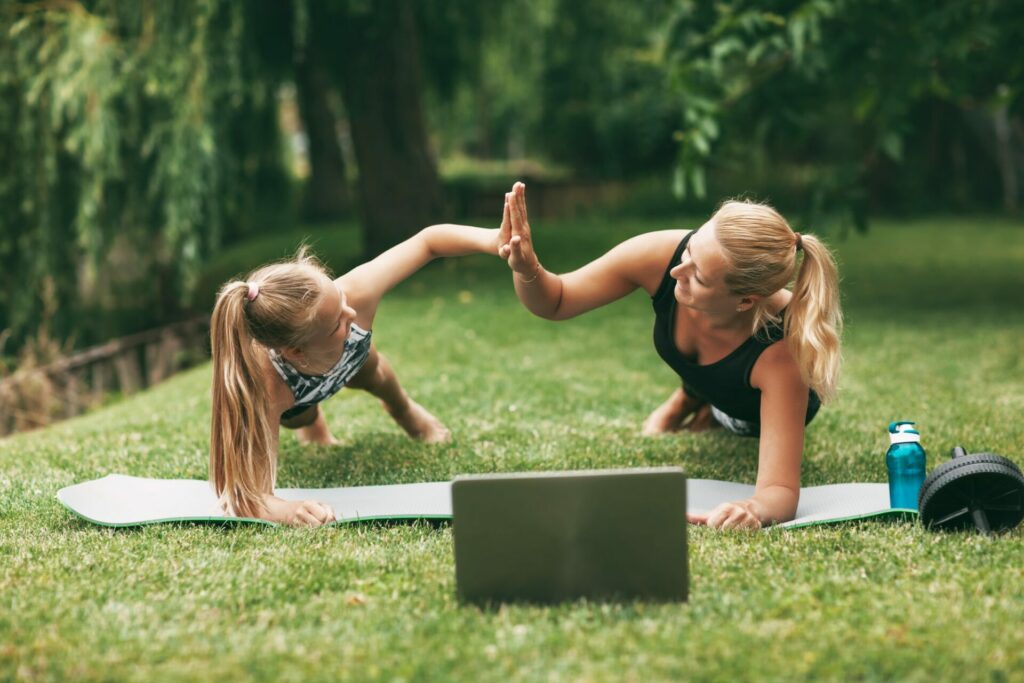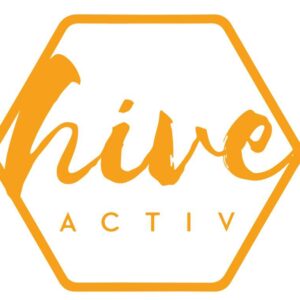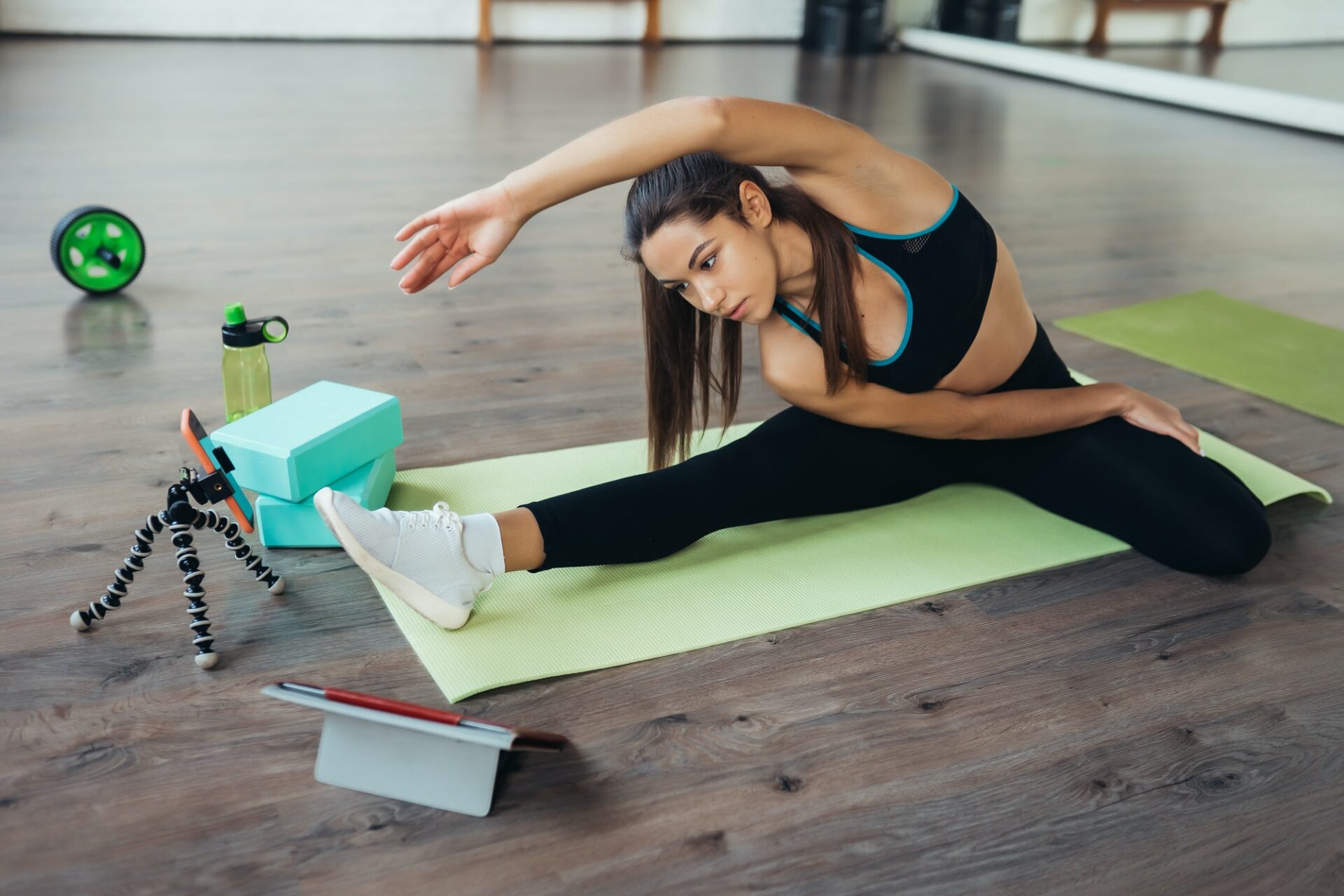As terms like “lockdown,” “social-distancing”, and “self-isolation” entered the common lexicon, “live-streaming”, and “virtual workout” similarly became the new lingo of gym-goers the world over. Adapting to the new version of living that COVID-19 introduced, business owners in the fitness industry moved to online platforms to keep their services available for members. Though restrictions have eased and gyms reopened in Australia, virtual workouts are here to stay. We take a look at the history & future of the at-home workout and what it takes to make it effective.
A Brief History of the Home Workout
The home workout experienced a boom in popularity in 1982, though not because of a potentially deadly virus. This time it was thanks to Oscar-winning actress Jane Fonda and the humble VHS tape. Aptly titled Jane Fonda’s Workout, the exercise video sold over 17 million copies in the decade after its release and for a while was the top-selling VHS tape of all time. Other — yet equally as beautiful — celebrities such as Elle Macpherson and Cindy Crawford followed suit with home workout programs that enjoyed major success.
The appeal continued to grow as technology advanced. Cardio equipment with heart rate measuring capabilities was available as early as the mid-1980s, making it easier to monitor results. NordicTrack’s treadmills and bikes were home-gym staples, and 1995 saw the elliptical trainer’s first iteration hit the market.
By the late ’90s and early 2000s, fitness equipment had developed to fit unobtrusively into everyday domestic life. The Ab Roller Evolution was a simple gadget that promised an intense core workout from your lounge room floor, whilst infomercials for The Tower 200 ensured that the catchphrase “you gotta door, you gotta gym” was burnt into our collective memory.
The dawn of the internet age issued another reimagining of this landscape. Fitness personalities previously sequestered to recorded DVDs and morning-time television now dominated social media. Fitness content had never been so accessible. If the bite-sized videos uploaded to Instagram weren’t your style, you could find a full tutorial on Youtube within seconds.
Whilst it might be easy to dismiss much of these trends as passing fads, they all point to the central and undeniable benefit of the home workout: convenience.
One reviewer of SWEAT, the fitness app created by Australian Kayla Istines that boasts over 1 million active users per month, commented “it is easy to use…[but] most importantly to me, it has been sustainable to keep following on a long term basis.”
For many, the hardest part of a workout has always been finding the time to fit it in. The flexibility of online exercise offered a solution to this, and in 2019 the global market was valued at USD 6,046 Million. As with much else, fitness had been migrating to the digital world well before the pandemic.

Beyond the Pandemic
The main impact of COVID-19 was that it greatly accelerated trends that were already present. Whilst celebrity-status fitness gurus were active online, your local gym offering live-streamed classes was practically unheard of.
MindBody, an online booking platform that connects members to local businesses within the wellness industry, surveyed over 700 of its users across Australia, New Zealand and Singapore at the end of 2020 to assess if these changes could be expected to stick.
While most still preferred in-person workouts, the majority agreed that having both options available was ideal, and more than one-third of consumers across all regions plan to incorporate 2-3 virtual workouts into their ongoing routine.
Speaking with the Financial Review, the vice president and managing director of Mindbody Hema Prakash said that this new hybrid model will be the “absolute normal” for gyms going forward.
For parents struggling to fit the gym in around their children, or those who travel frequently for work, this is a game-changer. It allows them to access a stable exercise routine without sacrificing the sense of community that comes with a local fitness studio.
This hybrid model also provides a remedy for the smaller scale trials and tribulations of fitness enthusiasts. Been dying to try a certain class but can never make it due to your schedule? Hop online and find the pre-recorded version. Love in-person HIIT classes but want the extra zen that comes with practicing yoga from the comfort of your home? Live-stream it from your prefered space.
The pandemic taught us that flexibility is often the key to stability. It is this fact that points to an enduring future for virtual fitness.

How to Make Your Online Workout Effective
The digital fitness landscape is relatively new terrain. To help navigate it, I quizzed Sarah Hodges, a personal trainer and strength and conditioning coach at Hive Activ who has been conducting online fitness classes five days a week for the past year. These are her hot tips for getting the most out of your session.
1. Personal Accountability
“Plain and simple, you have to be more accountable to yourself,” says Hodges. “Online fitness requires you to be more internally driven.” During your workout, this means “being brutally honest with yourself.” Are you pushing your limits, or are you lazing through each round? Is this really your best effort? If self-motivation is something you are working on, Hodges recommends jotting your virtual workout into your personal diary, “book your session in like you were booking in an appointment. Set your alarms on Monday so they are ready for the week. You are far more likely to achieve it than if you leave it to the night before to decide.” Hodges also stresses the importance of intention, “set yourself goals so you are more likely to be driven for that purpose.” But don’t be daunted by this enhanced need for accountability. Like a muscle, internal drive strengthens the more you engage with it. Once cultivated, it will prove to be your strongest asset in any workout.
2. Create A Designated Exercise Space
If you have a home gym that is great, but it is by no means necessary. Whether you prefer to be stationed in front of the lounge, in a corner of your bedroom, or under the sun in your backyard, prepare your space so that it is right for you. Hodges recommends doing so “at least the night before, so you are set up and ready to go.” This space should be distraction-free. If you are not using your phone to view the workout, then leave it out of sight. It is also important to make sure you have enough room for movement. “And don’t forget to look up,” Hodges laughs. “When we began we had a few broken lights. Make sure there is room above you, so you can safely lift a weight over your head.”
3. Plug Into Your Local Online Fitness Community
We have spoken about the motivation gain in group exercise environments before, and online communities are no exception. That is why Hodges recommends choosing a digital option that still values human connection. “If you plug into an app, you may get an alert saying you haven’t logged in for three days, but there is not actually someone on the other side of the phone trying to help you. If I notice someone hasn’t been online I’ll call and harass them.” Thanks to the camaraderie and banter, it is also more fun. Hodges has been delighted to see her online community connect, even if it has been at her expense, “they now get together in the comments and rip in on me, they team up online,” She laughs.
4. Don’t Be Afraid to Ask Questions
Communication is key. If you find something difficult, Hodges implores you to reach out to your trainer, “trainers want you to get the most out of your session. If there is a problem, ask via the comments and they can advise on the spot or give tips.” Most live-streaming platforms will provide a public chatbox, so chances are the extra instruction will benefit others watching. Although it might not be as immediate, Hodges says this applies to anyone watching a pre-recorded version, “I will always prompt them to communicate with me. Reach out, call me, send me a text.”
5. Set the Kids up Safely to the Side – Or Include Them!
This one won’t be relevant to everyone, but Hodges wanted to give it a special mention. “As a mum of two and a small business owner, I know its important.” The demands of parenthood mean free time is rare, and stepping away for any “me-time” can leave you with feelings of guilt. This shouldn’t and doesn’t have to be the case. “The kids will either still be in bed or be playing beside me. Some mornings they will just include themselves in the workout. They will train off-camera or do bits and pieces with me. Or they will come on camera and be my weight.” With virtual classes, you have the freedom to work around your kids in a way that feels comfortable to you. Hodges believes this peace of mind will make exercise more enjoyable and more effective, “Honestly, it has been the best thing for me and my family.”




